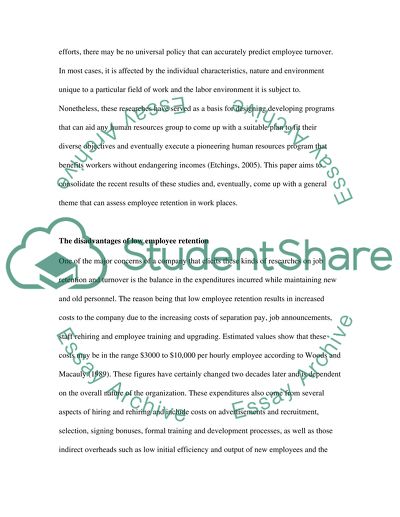Cite this document
(The Disadvantages of Low Employee Retention Case Study, n.d.)
The Disadvantages of Low Employee Retention Case Study. Retrieved from https://studentshare.org/human-resources/1544572-employee-retention
The Disadvantages of Low Employee Retention Case Study. Retrieved from https://studentshare.org/human-resources/1544572-employee-retention
(The Disadvantages of Low Employee Retention Case Study)
The Disadvantages of Low Employee Retention Case Study. https://studentshare.org/human-resources/1544572-employee-retention.
The Disadvantages of Low Employee Retention Case Study. https://studentshare.org/human-resources/1544572-employee-retention.
“The Disadvantages of Low Employee Retention Case Study”, n.d. https://studentshare.org/human-resources/1544572-employee-retention.


